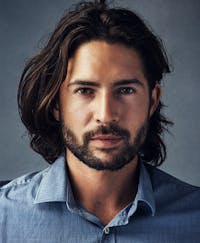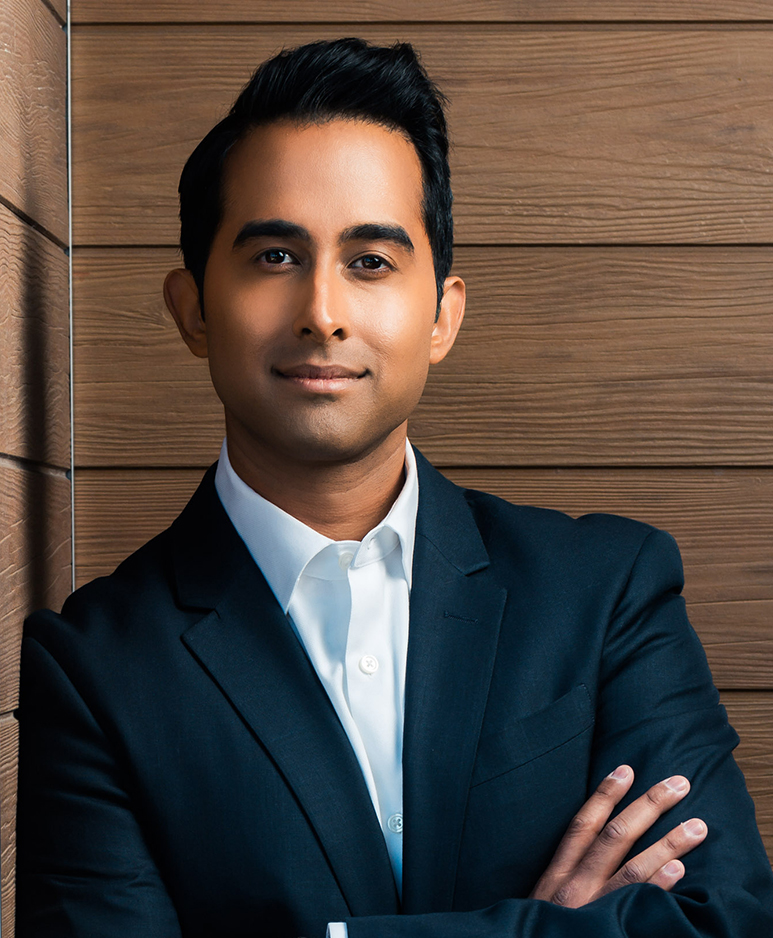Schedule Your Complimentary Consultation.
Learn more about how Rana Facial Plastic Surgery can help you today.
Contact Us
The ideal candidate for PRP therapy for hair loss is someone who is just beginning to see signs of hair thinning or loss. Usually, a person will have begun to notice thinning hair within the past few years. It can be more challenging for the PRP to restore or “wake up” hair follicles that have been inactive for many years.
PRP can be an effective hair restoration treatment for a variety of different types of hair loss, including male or female pattern baldness, traction alopecia, hair loss caused by stress, and hair loss that occurred as a result of a side effect, medication, or nutritional issues.
While many people with hair loss in the early stages can benefit from PRP therapy, there are some for whom the therapy might not be optimal. If you are on a blood thinner, you might not get the results you hoped for, as your platelets won’t be able to act in the same way. Hair loss that is a result of a chronic medical condition such as lupus also isn’t likely to respond to PRP therapy.

PRP, also known as platelet rich plasma, is an incredible compound that can be harvested from your very own body. By drawing a small amount of your blood, we can extract what’s known as platelet rich plasma from it. This compound contains an incredibly high concentration of naturally-occurring growth factors, all of which were made by your very own body, meaning there is no chance of any kind of adverse reaction to this treatment.
When injected into the treatment area, this PRP compound naturally stimulates your hair follicles, kick-starting them back into action and encouraging them to grow thick, healthy, natural hair once more. This treatment can help to restore your hair back to its natural thickness and volume, and doesn’t involve any kind of invasive procedure, or frustrating recovery period.
Each session takes in the range of 45 minutes to an hour and involves several steps. The first step is extracting blood from the patient. The harvested blood is then processed to produce the platelet-rich plasma. The patient’s scalp is numbed with local anesthetic, and the PRP is injected into the scalp.
PRP therapy is a non-surgical and a three-part process. During the first step of the process, Dr. Rana will take a small sample of your blood. The sample will then be placed in a centrifuge which will spin fast enough to separate the platelet-rich plasma from the other components within whole blood. The components that are discarded includes red blood cells, white blood cells, and platelet-poor plasma, all of which contribute to inflammation.
Dr. Rana will then place the PRP into a syringe and inject it into the scalp. He’ll focus on injecting the areas of the scalp that are experiencing the most significant hair loss. After the injections are finished, the scalp will be cleaned, and the treatment is then complete.
Learn More


Since PRP therapy isn’t surgery, there’s very little downtime required afterward. Your scalp might be tender and swollen for a few days after the treatment, but you’ll likely be able to go to work or to do other regular activities immediately. If you feel any discomfort, take Tylenol rather than ibuprofen or aspirin, during those first few days. NSAIDs like aspirin can thin the blood and potentially affect your results.
It can take some time before you see a noticeable improvement in your hair loss after PRP therapy. Individual results will vary but you can generally expect to notice an improvement within three to six months after your first treatment.
It’s usually a good idea to schedule multiple therapy sessions, spaced about a month apart. Your first three sessions can be one month apart, then your fourth session can be six months later. Many people decide to undergo PRP therapy on an annual or semi-annual basis to maintain their results and maintain overall scalp health.
Most people benefit from several PRP therapy treatments. You might have four to start, then schedule maintenance injections once or twice a year.
PRP therapy might not be beneficial for people who have a significant amount of hair loss or who have a long history of hair loss. If you are nearly bald, another hair restoration treatment might be a better choice for you. People with certain medical conditions might also not be suitable candidates for PRP therapy.
The blood used during PRP therapy comes from your own body. It’s an autologous treatment, which means there is no risk of it spreading diseases such as HIV. There is also little risk of the injections causing an allergic reaction.
Depending on your goals or how your body responds to PRP, you might benefit from combining it with another hair restoration treatment. Some people have PRP therapy along with hair transplant surgery to improve the results of the surgery.
PRP may be able to help with hair loss in both women and men.
There may not be an age limit for PRP therapy, but patients who are in the earliest stages of hair loss are more likely to see improvement.
© Rana Facial Plastic Surgery. All Rights Reserved. Web Design & Internet Marketing by Studio III